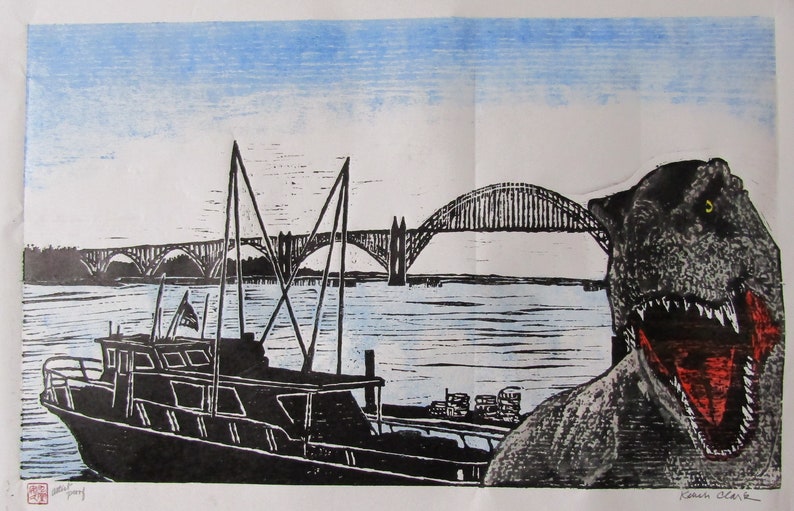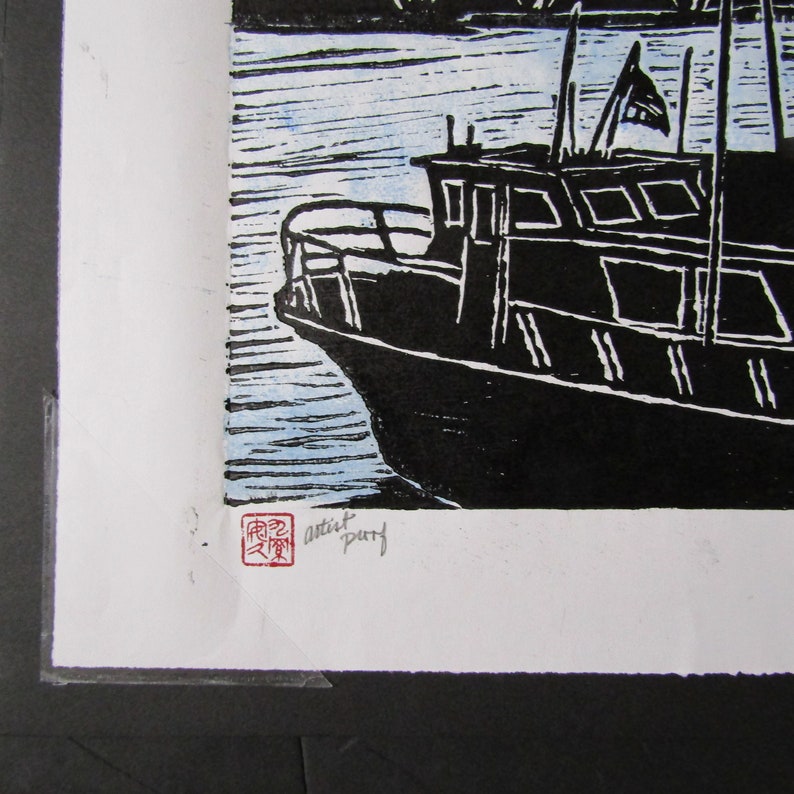

After my daughter was born in 2005, feeling isolated and longing to make art, little by little I started to practice Mokuhanga at home, while my baby was sleeping. In 2004, I moved to Japan, without speaking the language, and with no family or friends for support. However, today, contemporary artists are doing all three processes by themselves. Carving wood blocks by a master carver 3. The process was separated in three parts 1. Ukiyo-e prints were beginning to be made around the 17th century during E-do period in Japan. I was overwhelmed to learn the process without any knowledge or experience.

Moku hanga replication professional#
During the residence, artists were taught by both a professional carver and printer from Kyoto. In 2003, I was invited to join an artist residency program in Nagasawa Art Park in Japan. I was enchanted by these print works, and I wanted to learn about the process of making them. It was love at first sight when I first saw an exhibition of Ukiyo-e prints when I went to the Ukiyo-e exhibition at the Brooklyn museum in 2000, while I was an MFA candidate at Pratt. The very center of your heart is where life begins – the most beautiful place on earth. Her works have been exhibited and collected internationally, including a purchase award by the Hawaii state Foundation for culture and the Arts, Art in Public Places. and inclusion into the Kentler International Drawing Spaces Flatfiles. She was a 2003 participant in the Nagasawa Art Park Artist-in-Residence program, run by the Mokuhanga Innovation Laboratory, where she was introduced to Mokuhanga, a traditional print making process using water based ink on hand made Japanese paper. She received her BFA in Fine Arts from Hong-ik University, Seoul, Korea and her MFA in Painting from Pratt Institute School of Art in New York. Mia O is a South Korean artist, currently living and working in Tokyo, Japan.


 0 kommentar(er)
0 kommentar(er)
